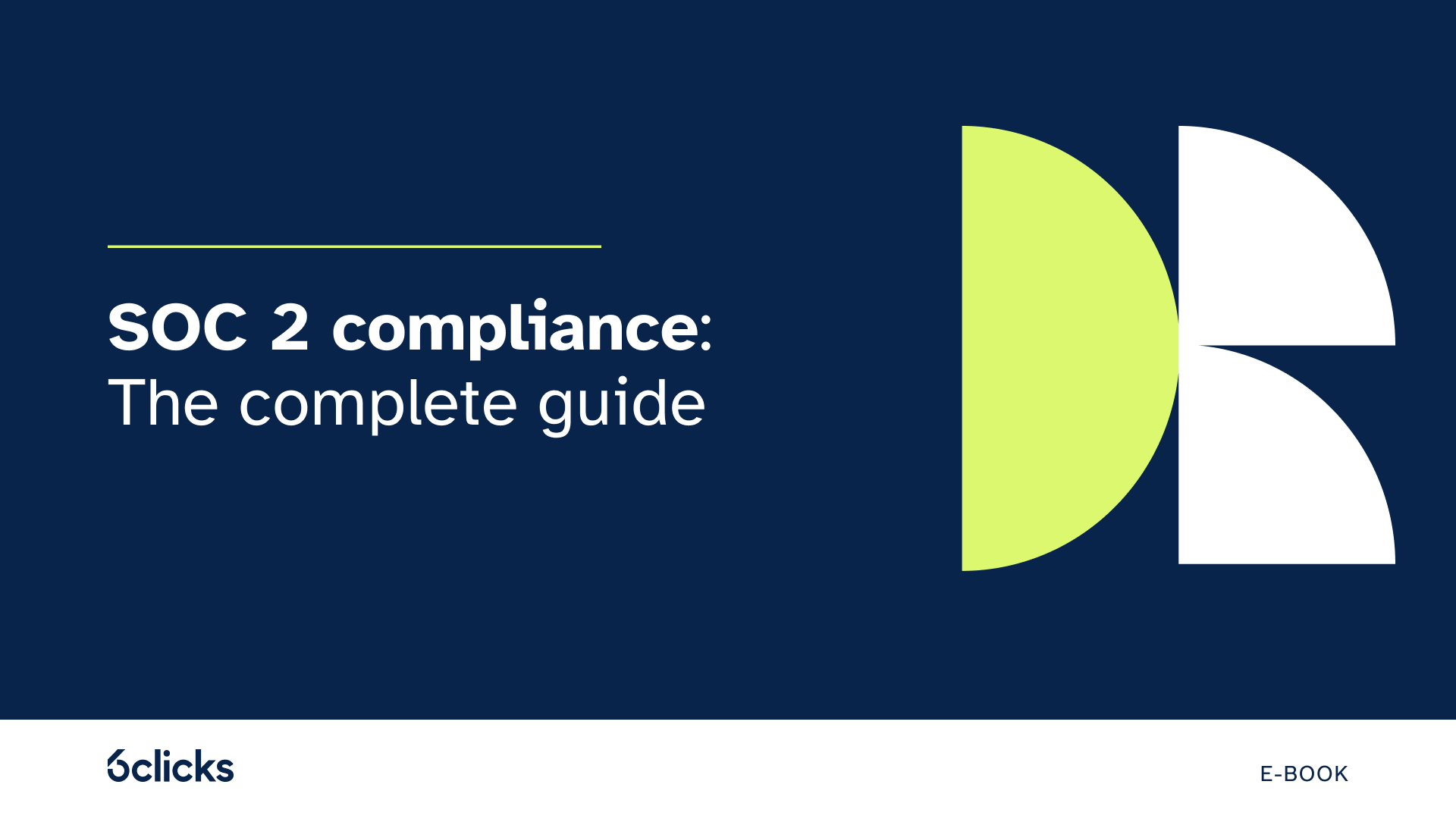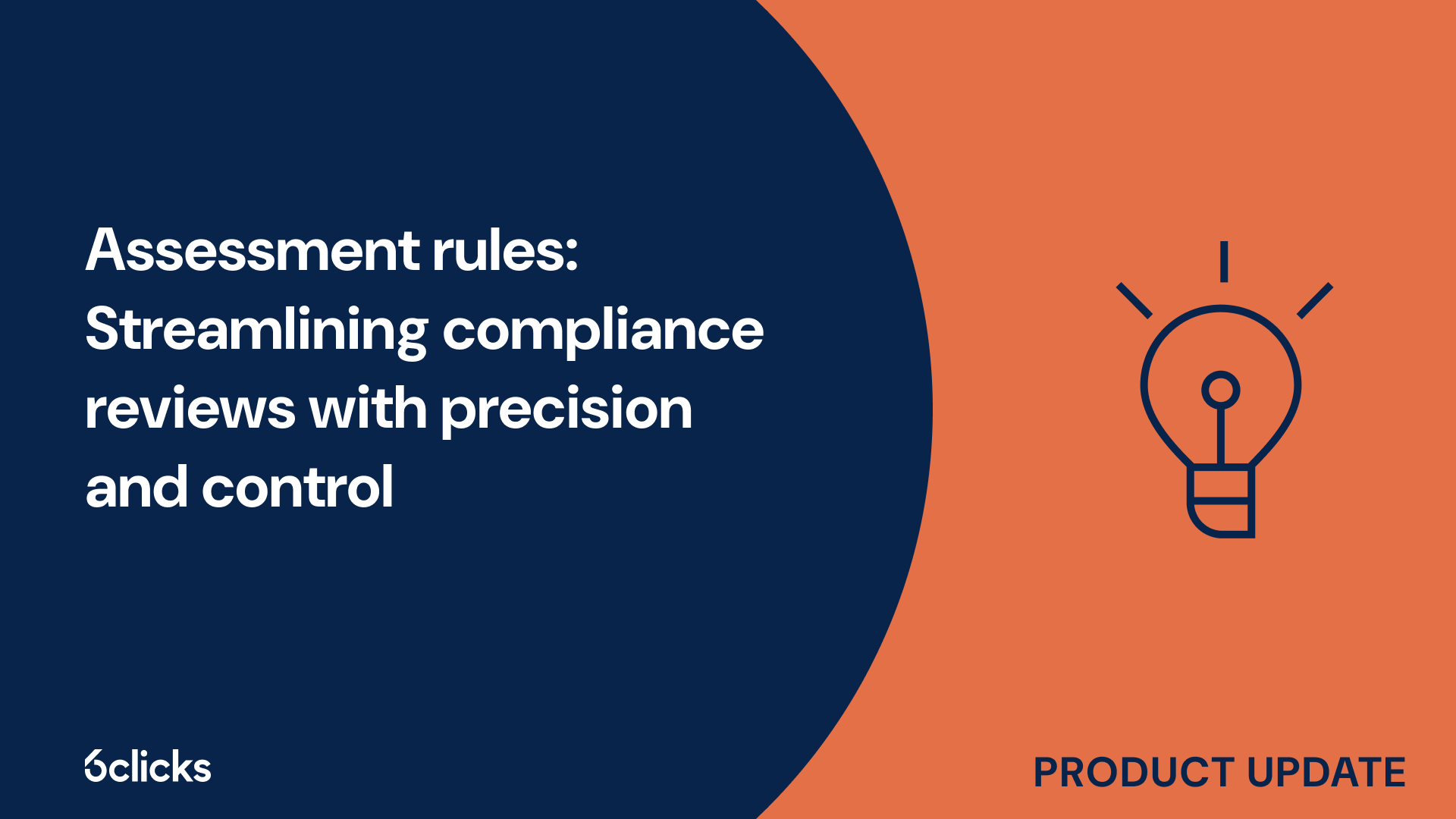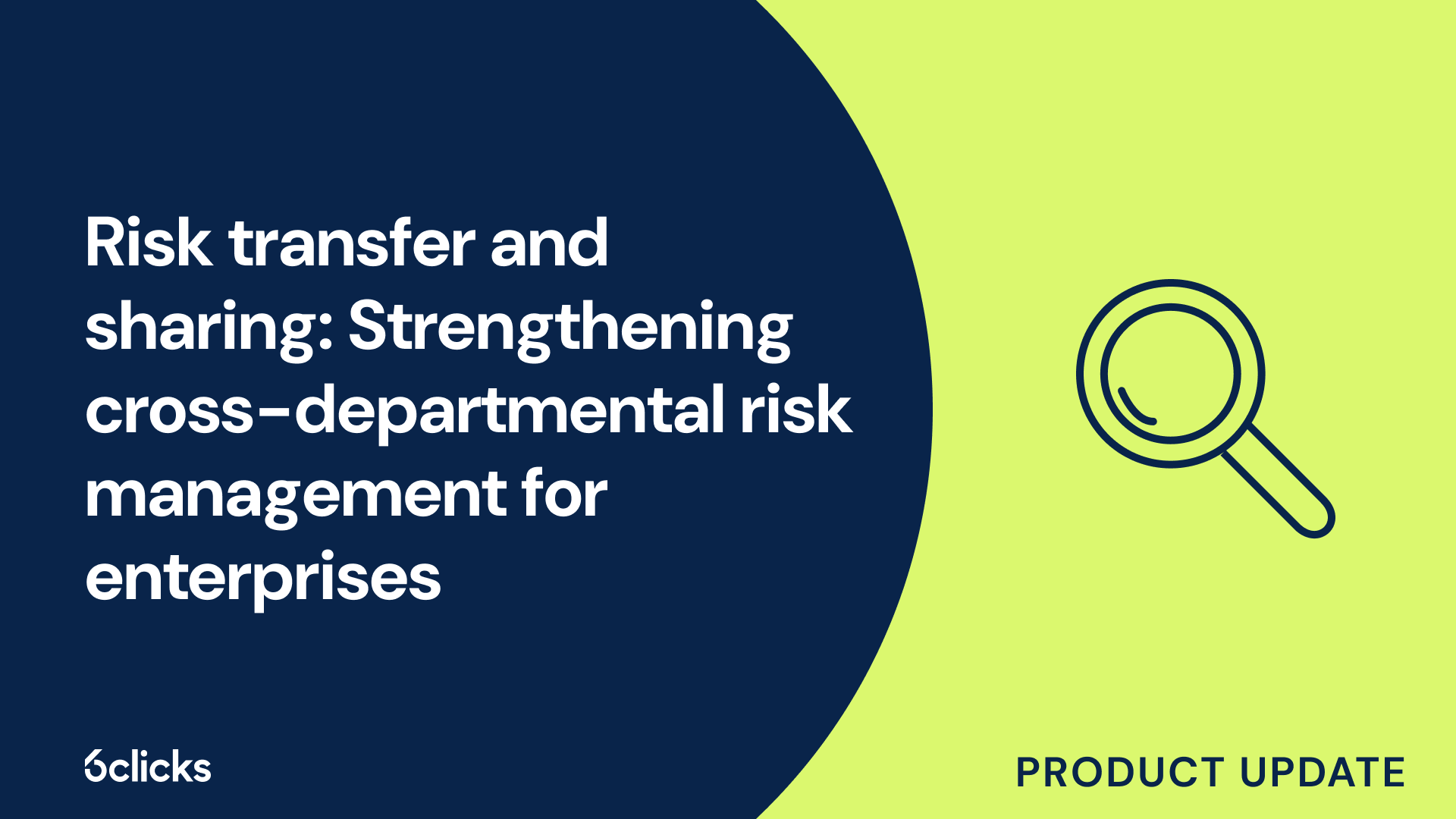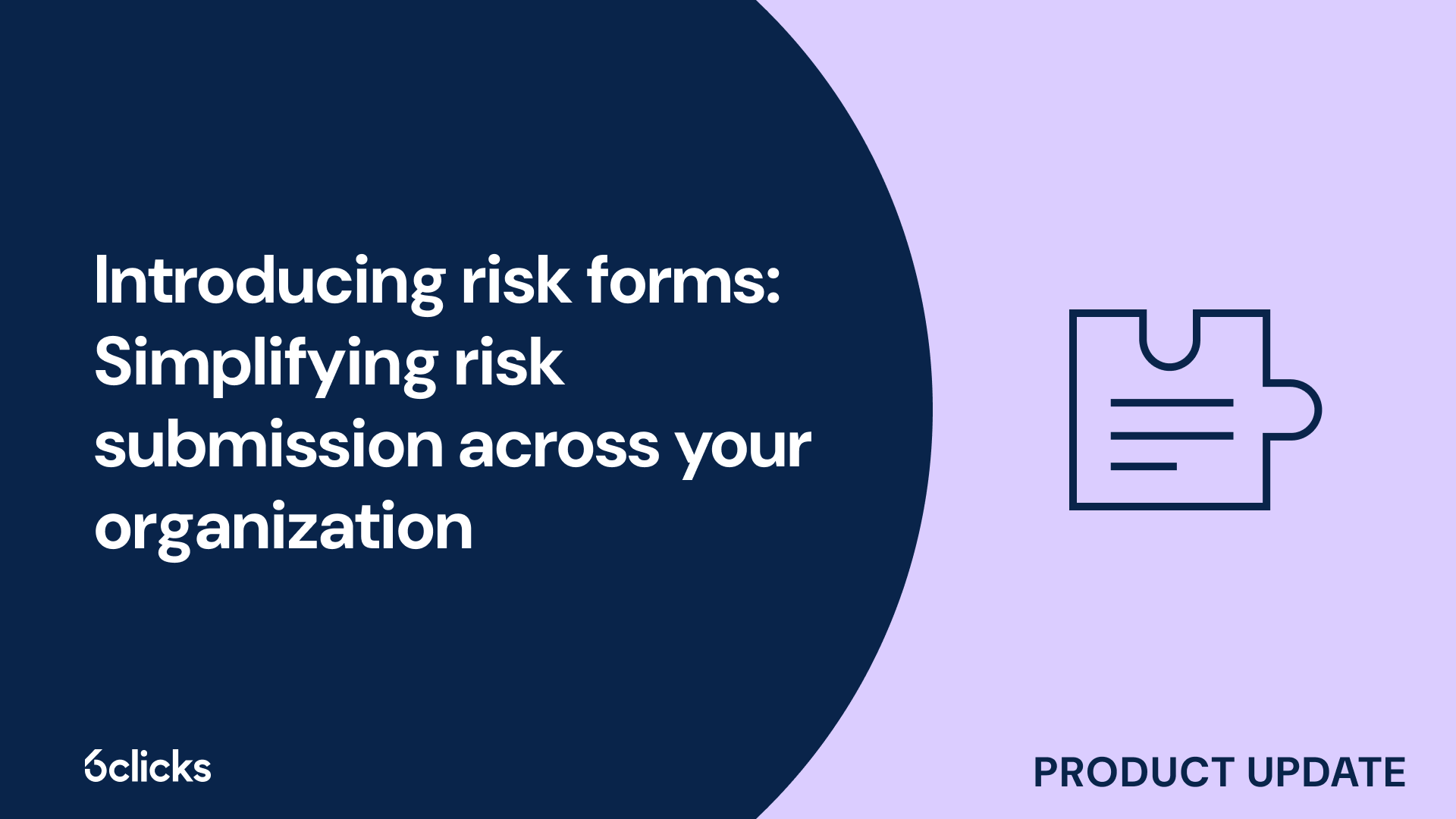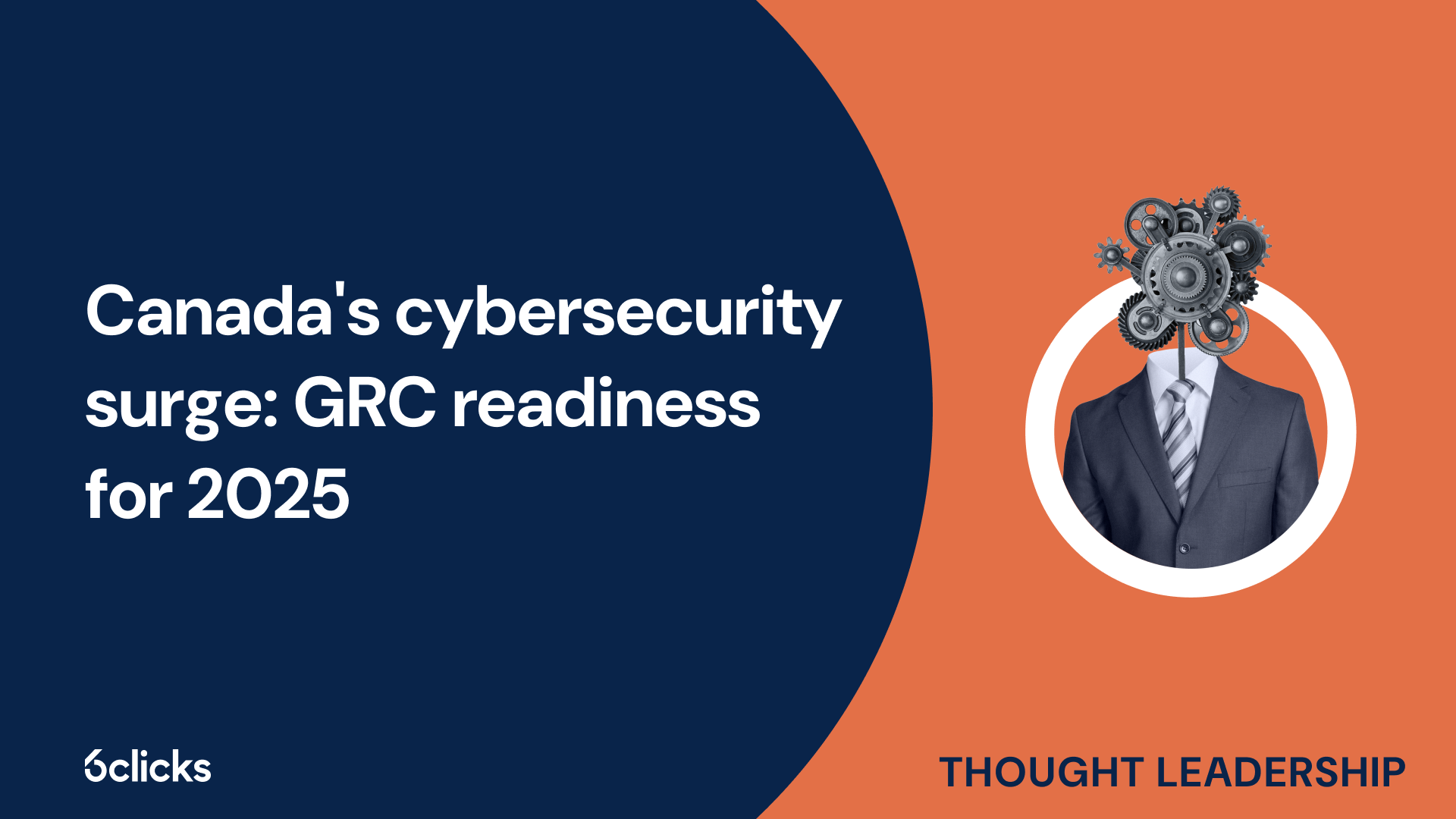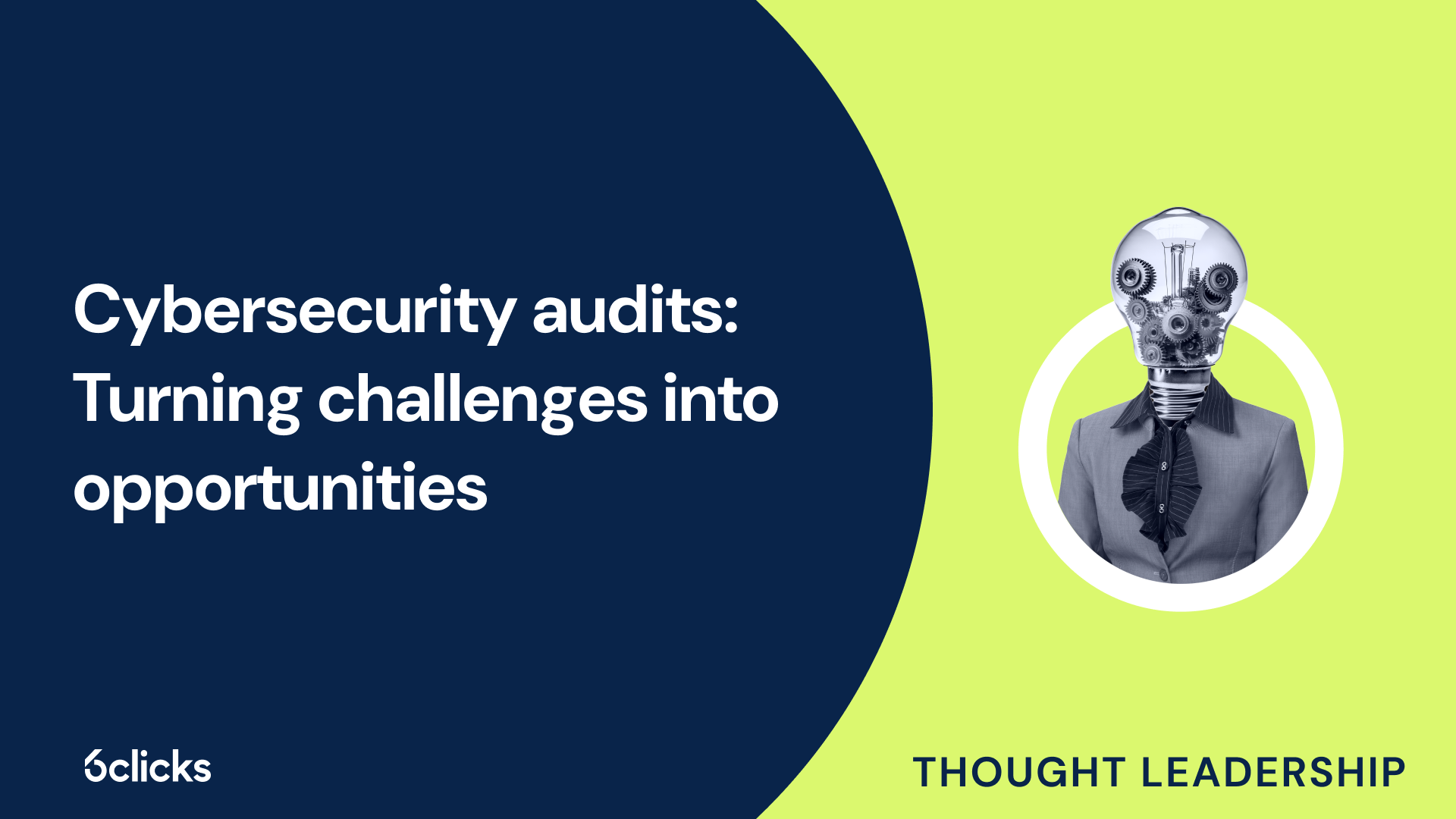Mastering the cybersecurity domain in 2025
Discover how to future-proof your organization’s cybersecurity in 2025. This free guide from 6clicks explores core security domains, regulatory frameworks, and how to integrate GRC for scalable, resilient, and audit-ready programs. Essential reading for CISOs, risk managers, and compliance leaders.
-1.png?width=200&height=249&name=Group%20193%20(1)-1.png)
Mastering the cybersecurity domain in 2025
How will quantum computing impact cybersecurity?
TL;DR: Quantum computing threatens to break widely used encryption methods—forcing organizations to prepare for a post-quantum future by assessing cryptographic risk and transitioning to quantum-resistant algorithms.
The 6clicks expert guide Mastering the Cybersecurity Domain in 2025 warns that quantum computing poses a long-term but transformative threat to traditional cybersecurity models. While today’s quantum computers can’t yet break commercial encryption, future advancements could render current public-key cryptography obsolete—including RSA, ECC, and others used in secure communications, digital signatures, and authentication.
This looming disruption has given rise to “crypto-agility” and post-quantum cryptography (PQC) as strategic priorities for cybersecurity leaders.
Key quantum computing impacts on cybersecurity:
-
Encryption vulnerability
Quantum algorithms like Shor’s can break RSA and ECC by factoring large numbers exponentially faster than classical methods. -
Digital signatures and key exchange
Authentication protocols used in SSL/TLS, VPNs, and blockchain could be compromised. -
Long-term data confidentiality
Adversaries may collect encrypted data now and decrypt it later (a “harvest now, decrypt later” strategy). -
Regulatory and national security pressure
Standards bodies like NIST are already defining PQC algorithms, while governments are urging early migration planning.
How organizations can prepare:
-
Conduct cryptographic inventory
Identify where and how public-key cryptography is used across systems and applications. -
Adopt crypto-agile systems
Build systems that can be updated to support new cryptographic standards as they emerge. -
Monitor PQC standards
Follow guidance from NIST, ISO, and regional cybersecurity authorities on algorithm adoption and migration timelines. -
Integrate with domain strategy
Apply post-quantum readiness within cybersecurity domains like software development security, communication & network security, and risk management.
Concerned about quantum threats to your cryptographic systems?
Book a demo with 6clicks today to see how our platform supports cryptographic inventory, control mapping, and policy enforcement—helping you prepare for the post-quantum era with confidence.



